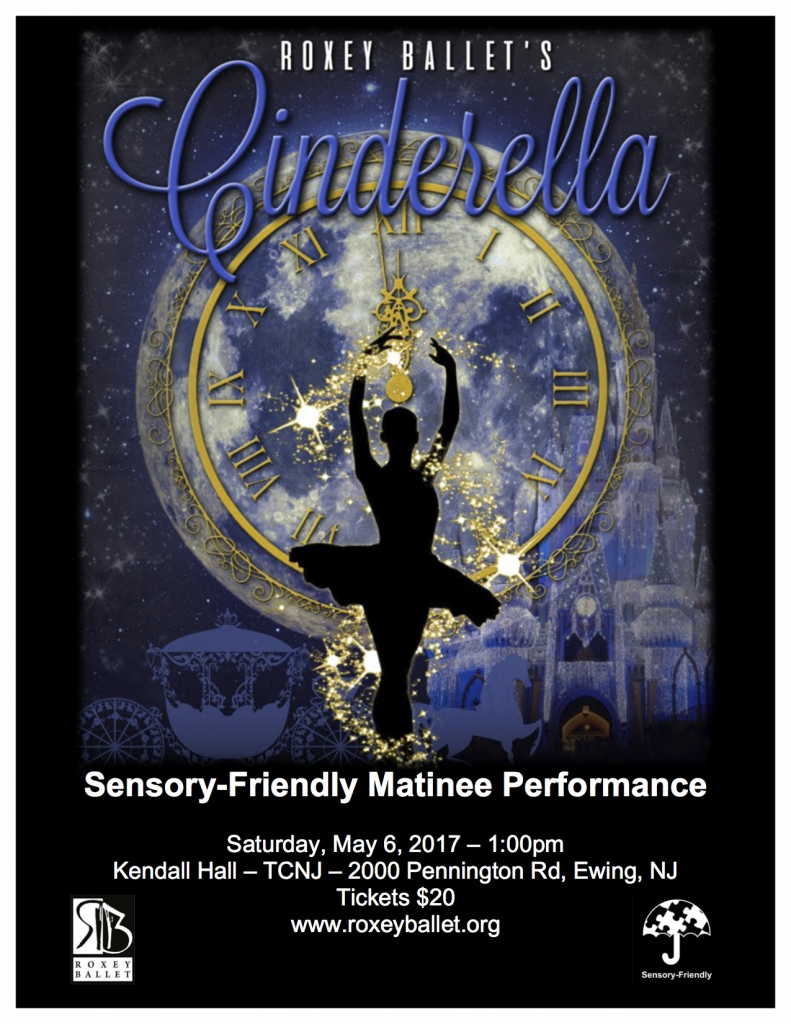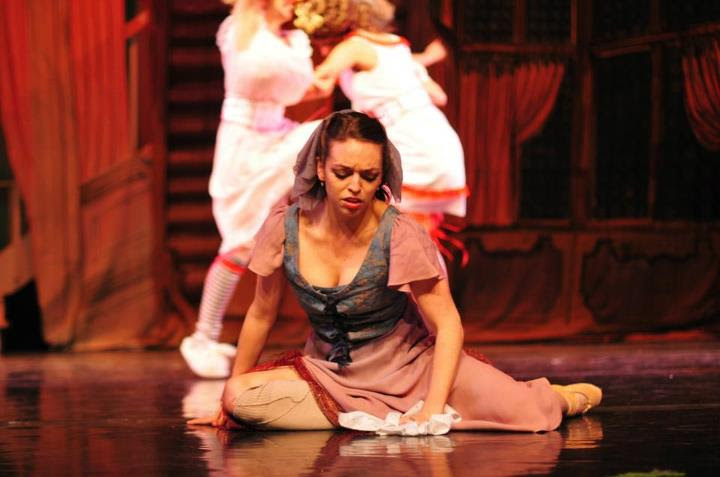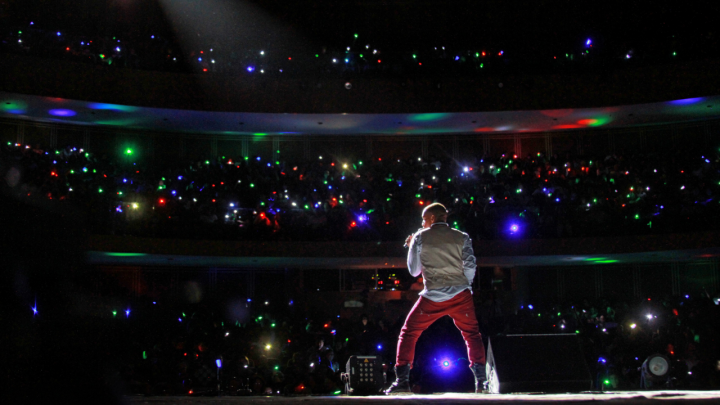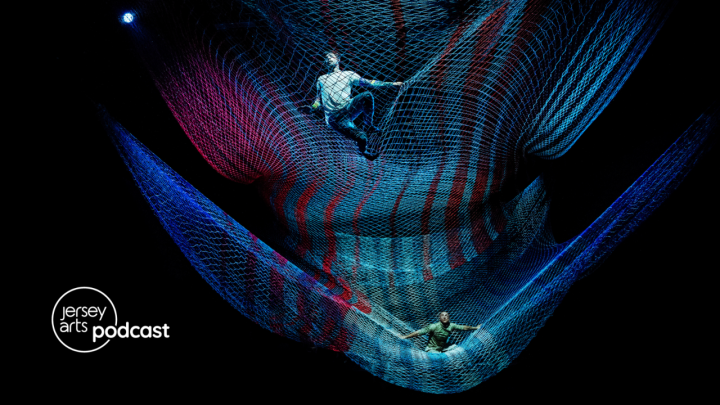A Ballet (and a Company) for All to Love -- Roxey Ballet’s Sensory Friendly "Cinderella"

Through my nearly 10 years at my arts administration day job, I’ve seen a lot of performing arts organizations throughout North America do some really interesting and great work to build relationships with audiences of all kinds. Not to sound jaded or anything, but I’m really not the easiest girl to impress when it comes to innovative audience programs. So I’m not saying this lightly: Roxey Ballet impresses the heck out of me.
Roxey Ballet’s mission is to build bridges through dance, and bringing dance to as many people as possible. They have a bunch of really great programs, such as their extensive Total Dance Access program, dance education, school assemblies and residencies and Wheels and Bodies in Motion. What I find fantastic about these programs is that they aren’t just tacked onto the mainstage performances that Roxey Ballet does – they are all completely integrated into the company’s work and goals, making their programs truly authentic to the company, as well as beneficial to the communities they seek to involve.
And now to that impressive roster of outreach programs, they have recently added sensory friendly performances. On Saturday, May 6 at 1:00 p.m., they will present a Sensory Friendly “Cinderella” at TCNJ’s Kendall Theater in Ewing. This is the second time that Roxey has presented a sensory friendly performance – the first took place this past November for the “Nutcracker.” Hailey Glover, Roxey’s Director of Education and Outreach, tells me that the addition of sensory friendly performances was the next step for them in terms of making their performances accessible to populations with disabilities.
So if you’re wondering what “sensory friendly” means, who it is for and what happens there, I have answers. When something is called “sensory friendly,” it means that it’s especially geared towards audience members with special needs, such as autism. Normally, if you go to a regular performance at many companies, audience members are expected to sit without moving and in complete silence (except for acceptable applause, of course). Don’t think of taking out your phone during the performance, or you’ll feel the wrath of the ushers. And you really don’t want to be digging through your purse for a cough drop – let alone try to unwrap it – during the performance, or you may hear from irate audience members. These kinds of strictures can be stressful enough for many people to handle, but for those audiences with different needs, it’s downright impossible.
And that’s where Roxey’s sensory friendly performances come in and save the day. It’s a friendly, supportive environment designed to make the performance a wonderful experience for all – including audience members with special needs, their families and even younger children without special needs who may just be a little too young for a regular performance.
Accommodations include lower sound levels, elimination of sound effects or lighting that have the potential to startle audience members and keeping the house lights at about 50 percent, so you’re not sitting in complete darkness. In addition, the house rules are relaxed at these performances, meaning that you can get up and move, or even leave the hall if needed. Audience members can use iPads or other electronic devices for therapeutic reasons, and fidget objects and earplugs are available.
Also, volunteers will be throughout the theater to help audiences, such as by showing them to designated quiet and activity areas in the lobby if a break is needed. These volunteers are from a range of autism service agencies, schools and organizations, as well as certified staff and ushers will be on hand to provide assistance.

Glover, who has spent her whole life working with people with special needs, tells me that ballet music can be soothing to people with autism, because it doesn’t have words. And – as I try to tell my very chatty six-year-old daughter who takes ballet classes — dance is a form of nonverbal communication. Glover tells me that a portion of the autism population is nonverbal and that they find the kind of nonverbal communication from dance to be especially relatable.
Roxey Ballet’s work with those with autism doesn’t start and end here with sensory friendly performances. The company recently completed a 10-session residency at Mercer Elementary with students with autism and that the students were really receptive to the movement.

Glover says: “We had students who rarely spoke begin verbally communicating. There was a student who rarely opened his eyes, who found the need to open his eyes in order to execute the movements. Through movement, students become kinesthetically aware and individually creative. Dance provides an outlet for nonverbal students with autism to share their thoughts and feelings using movement as an alternative to spoken word. The benefits of the arts in autism are endless.”
The story of Cinderella is one of the most beloved fairy tales of all time. With Mark Roxey’s imaginative choreography set to Sergei Prokofiev’s lush score, audiences are sure to love this magical telling of the ill-treated servant girl who, against all odds, finds true love with her handsome prince, with the help of some fairy dust.
The Details
Roxey Ballet presents a Sensory Friendly “Cinderella” on Saturday, May 6 at 1:00 p.m. at The College of New Jersey’s Kendall Main Stage Theater, located at 2000 Pennington Road in Ewing. Tickets for all seats are $20 each (but special discounts are offered through their Facebook, Twitter and Instagram pages, as well as through their email list). For more information, visit roxeyballet.org/sensoryfriendly.
Roxey Ballet will also present additional performances of their regular “Cinderella” production on Saturday, May 6 at 4:00 p.m. and on Sunday, May 7 at 2:00 p.m. at TCNJ’s Kendall Theater. For information about these performances, visit roxeyballet.org/cinderella.







